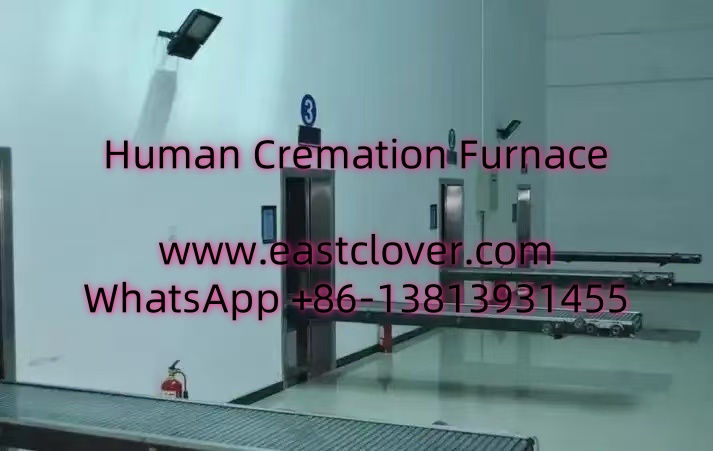Understanding Cremation Furnace Components and Their Suppliers
Human cremation furnaces are complex industrial systems designed to operate at extreme temperatures while meeting stringent environmental and safety standards. Parts suppliers play a pivotal role in ensuring these systems function efficiently, reliably, and sustainably. This news explores the critical components of cremation furnaces, the suppliers that provide them, and the factors influencing this specialized industry.
Key Cremation Furnace Parts and Their Suppliers
- Combustion Chambers: Made from high-grade refractory materials, these chambers withstand temperatures exceeding 1,600°F. Suppliers must adhere to ASTM International standards for heat resistance and durability.
- Burners and Ignition Systems: Precision-engineered gas or electric burners require suppliers with expertise in thermal dynamics and emissions control.
- Control Panels and Automation Systems: Modern furnaces rely on IoT-enabled controllers. Suppliers often collaborate with software developers to integrate real-time monitoring and compliance tracking.
- Afterburners and Emission Control Systems: Critical for meeting EPA regulations, these components demand suppliers with expertise in catalytic reduction and particulate filtration technologies.
- Door Seals and Insulation: Specialty ceramic fiber suppliers provide seals that maintain thermal efficiency while preventing heat leakage.
Selecting a Cremation Furnace Parts Supplier
When evaluating suppliers, funeral homes and crematorium operators should consider:
- Compliance Certifications: ISO 9001 for quality management and EPA Part 60 compliance for emissions
- Material Traceability: Documentation proving material origins and manufacturing processes
- Technical Support: Availability of 24/7 emergency services and on-site maintenance training
- Customization Capabilities: Ability to retrofit older systems with modern, eco-friendly components
- Industry Experience: Minimum 5 years specializing in cremation technology versus general industrial furnace suppliers
Industry Challenges and Innovations
Leading suppliers are addressing emerging challenges through:
- Developing mercury-capturing filters for dental amalgam emissions
- Implementing predictive maintenance systems using AI-powered sensor networks
- Creating hybrid combustion systems that reduce natural gas consumption by 40%
- 3D-printing replacement parts using advanced ceramic matrices for faster turnaround
www.southclover.com
The cremation industry’s evolution toward greener, more efficient practices relies heavily on specialized parts suppliers. These providers must balance technical expertise with regulatory knowledge, offering solutions that address both operational efficiency and environmental responsibility. As cremation rates continue rising globally—reaching over 60% in the U.S. as of 2023—the demand for innovative furnace components and reliable suppliers will only intensify.
Frequently Asked Questions
How often do cremation furnace components need replacement?
High-wear parts like refractory linings typically last 1,200-1,500 cremations, while burners may require overhaul every 3-5 years depending on usage.
Can older cremation furnaces be upgraded with modern components?
Many suppliers offer retrofitting services, with 82% of U.S. crematoria reportedly upgrading emission controls in the past decade to meet new EPA guidelines.
What’s the lead time for custom furnace parts?
Standard components ship in 2-3 weeks, while bespoke items like oversized chambers may take 8-12 weeks for manufacturing and quality testing.
Do suppliers handle international certifications?
Reputable suppliers maintain compliance with multiple standards including EU’s EN 15059 for cremation equipment and China’s GB 13801 emission regulations.

Comments are closed